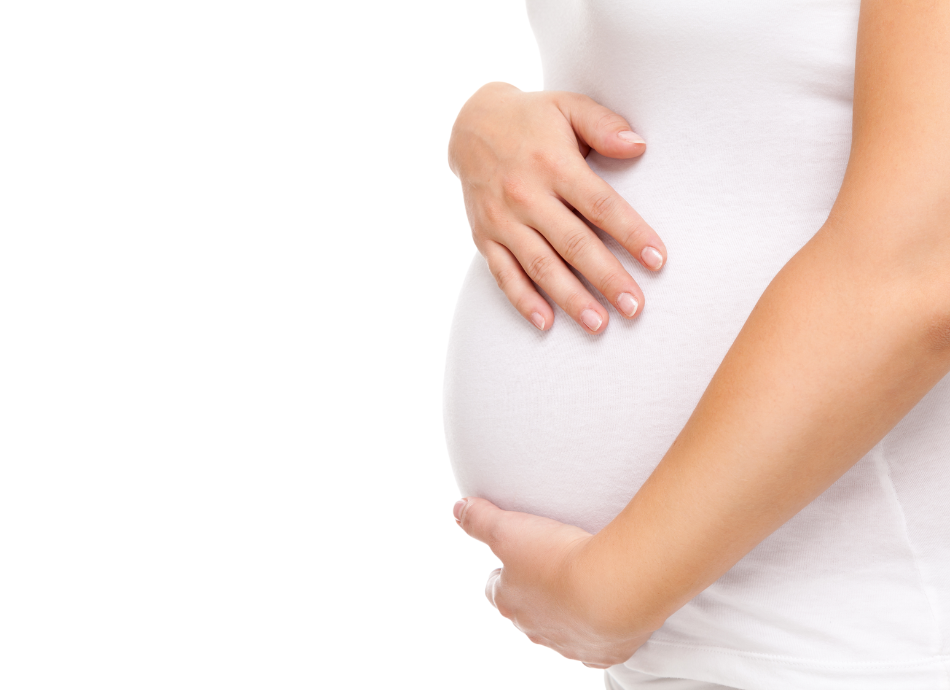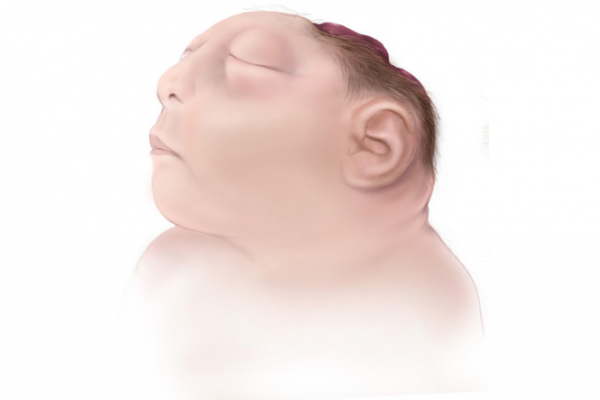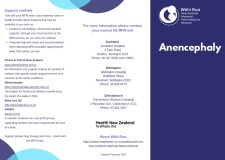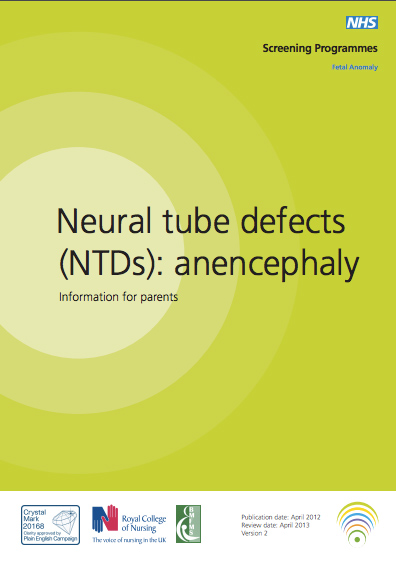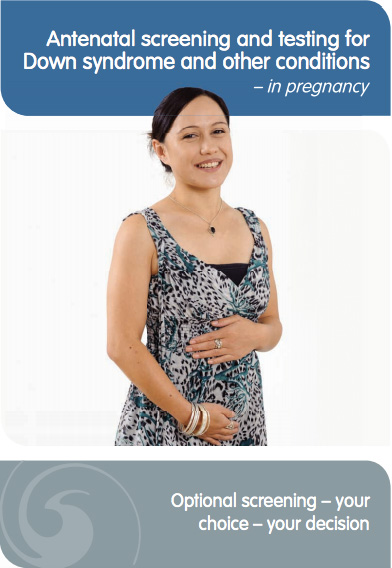Screening and detection of anencephaly
The following information on screening and detection of neural tube defects is taken from Neural tube defects – management of infant(external link) Starship Clinical Guidelines, NZ, 2017.
Maternal Serum Alpha Feto Protein (MSAFP) is often done at 15-20wk to screen for trisomies. An elevated MSAFP 2 - 2.5 median value detects 80% open NTD and 90% anencephaly. Uncertain gestational age results in a 5% false positive rate. Amniotic Alpha Feto Protein (AFP) and Acetylcholinesterase are raised with open NTDs. The latter is specific for NTD while AFP is raised in other open defects eg. Gastroschisis.
USS: Diagnosis often made at 16-18 week USS. Often seen as lateral displacement of the spinal pedicles, but the sac may also be visualised. An axial cross section through the fetal skull may demonstrate a "lemon head" shape, with a depression of the metopic suture in the frontal region. Visualisation of the posterior fossa may demonstrate a "banana sign", observed at the level of the cerebellum and cistern magna. It is caused by herniation of the cerebellar vermis through the foramen magnum, giving the cerebellum the appearance of a banana. USS should evaluate for other structural abnormalities of limbs, brain, kidneys, and other organs.
Visit Neural tube defects – management of infant(external link)(external link) Starship Clinical Guidelines, NZ, 2017 for images of neural tube defects on ultrasound.
Preventing anencephaly
Folic acid supplementation must begin before conception for it to be effective. There are subsidised 800 µg and 5mg folic acid tablets available over the counter from pharmacies in New Zealand. These folic-acid only tablets are recommended by the Health New Zealand | Te Whatu Ora for women for at least four weeks prior to conception and for 12 weeks after conception to reduce the risk of NTDs. Folate/folic acid(external link) Health New Zealand | Te Whatu Ora
Clinical guidelines and resources
Neural tube defects – management of infant(external link)(external link) Starship Clinical Guidelines, NZ, 2017
Edwards L, Hui L. First and second trimester fetal testing for structural anomalies(external link)(external link) Semin Fetal Neonatal Med. 2017 Dec 9.
Guideline – optimal serum and red blood cell folate concentrations in women of reproductive age for prevention of neural tube defects(external link)(external link), World Health Organisation, US, 2015
Neural tube defects(external link)(external link) Patient Info, UK, 2014


